Today, the Greater Seattle area has a vibrant Latino community spread across numerous neighborhoods and outlying cities. In some places, Latinos represent nearly 30 percent of the population. For example, Seattle’s South Park neighborhood and nearby White Center community are long established centers for King County’s Latino culture, serving as home to many Latino families and businesses. The cities of Sea Tac and Burien, in contrast, are emerging as relatively new and sizable, culturally recognizable Latino neighborhoods.
Prior to the 1940s, there were few Latino residents in the Greater Seattle area, or King County in general. But, during World War II, many Latinos migrated there for work in the wartime industries, especially shipbuilding and aircraft assembly jobs. These early economic migrants were primarily of Mexican descent, referring to themselves as Mexicans, Texans (those from Texas), and so on. In 1946, the Boeing aviation company laid off more than half of its workers in the post-war slow down, and most of those newly unemployed workers left King County in search of jobs elsewhere. Many returned to agricultural work in the Yakima Valley.
Starting in the late 1960s, a second wave of Latino residents came to the University of Washington. Almost all of them were recruited from farming communities in the Yakima Valley and were the first in their families to pursue professional careers. Those pioneers had a lasting impact not only on the University but the Seattle area in general. They brought a strong work ethic, pride in their culture, and more awareness for social issues affecting minorities, such as the national farmworker and labor rights movement at the time.
The 1970s, though, is the decade when the Greater Seattle’s Latino community began to flourish and take permanent root. The 1970s witnessed the establishment of significant social justice and community service organizations such as Sea Mar Community Health and the Center of Race, both of which have become strong voices for the Latino community in the region. The 1970s also brought new immigrants from other countries, seeking asylum from political upheaval. For example, the 1973 military coup in Chile sent many political refugees to the Seattle area. New arrivals from Central and South America continued to settle in the Seattle area in the 1980s and 1990s.
This special focus on Latino culture in the Greater Seattle area has identified sample destinations, or waypoints, to help illustrate the development of the Latino community in King County. Some of the themes (and sample sites) highlighted include:
Commerce
From dress shops to bakeries and restaurants, these businesses have kept Latino culture thriving. (See the Salvadorean Bakery, Panaderia La Ideal, Jalisco Mexican Restaurant (South Park), Decoraciones Ely, and more.)
Education
The Students of ’68 (see video for the University of Washington) paved the way for more Latino students to pursue higher education. Proyecto Saber, a dropout prevention program started for the Seattle public schools in 1975, was based out of Chief Sealth High School. Places like Casa Latina today offer English language classes, among other programs. Bilingual schools such as Holy Family School offer classes in English and Spanish.
Art
Several significant murals related to Latino heritage are scattered around Seattle, as well as many more examples of street art around various neighborhoods such as South Park. (See Kane Hall/UW, Ethnic Cultural Center at UW, El Centro de la Raza, and video segments.)
Social Justice & Civil Rights
Seattle has a strong history of Latino leaders who have formed prominent organizations such as Sea Mar, El Centro de la Raza, and Casa Latina. All of these serve as models for social justice, civil/labor/immigrant rights and health care services.
Religion
Churches can be anchor points for communities, and several churches in the Seattle area serve as cultural havens for Latinos. The churches here selected all offer masses in Spanish and some flavor of Central or South America.

